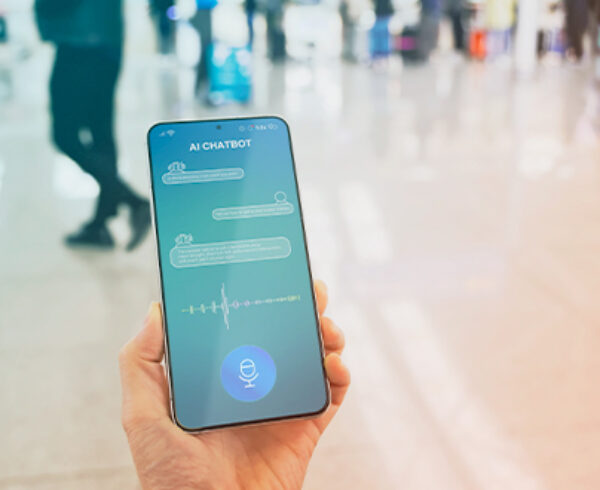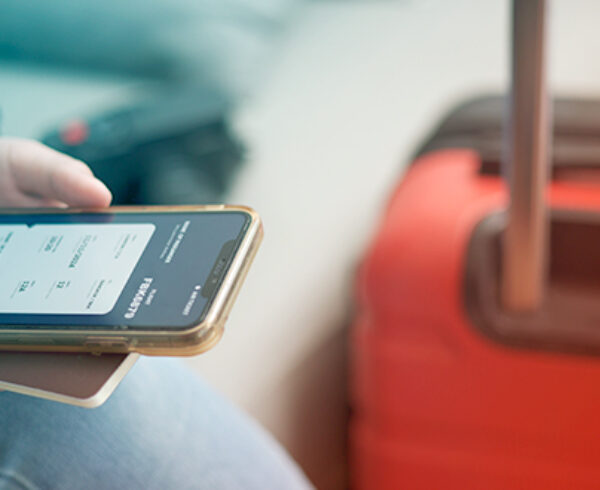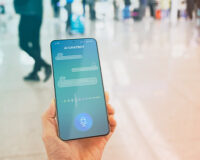This summer’s CrowdStrike meltdown proved that full invulnerability to IT outages is nearly or completely impossible. Don’t let an error, IT outage, or security threat compromise your company, traveler safety and data — secure travel data before it’s too late.
In July, a CrowdStrike error brought the world to a screeching halt. Not only were flights disrupted on an international scale, but hospitals and other large operations were also negatively impacted, all due to what seemed a small IT issue.
It’s highly likely that your team was impacted by the outage as well. Quite a few airports and airlines around the world were negatively impacted and delayed.
In North America, American, United and Delta all felt the effects, as did several budget airlines. Major airports like LAX, DFW, JFK, O’Hare and Hartsfield-Jackson Atlanta fell into chaos. In Asia, AirAsia, Qantas and Singapore Airlines all reported impacts. In Europe, airports like London’s Gatwick felt the outage effects, as did airlines like Air France and Turkish Airlines.
Dark Reading called the CrowdStrike issue one of the largest IT outages in history. The publication also said that such issues may even become more prominent with the rise of AI.
So, how can you prepare and secure travel data effectively?

Create a Travel Program That Ensures Secure Travel Data
If your travel program or travel policy does not currently account for data security, make the change as quickly as possible. Your travel program should account for data security at every level. Every individual, from TMCs to Travelers to the companies and travel brands you partner with, should be considered. Additionally, you should also consider every potential threat to Travelers on the road, from tech tool failures to the threats of public WiFi use and beyond.
However, if you haven’t even begun to think about any of the above, how do you break it down into manageable steps?
Manageable Ways to Secure Travel Data
To start, look at the various types of security threats that might impact your teams. For example, data breaches may allow unauthorized and/or nefarious individuals to access your company’s data. This could lead to stolen information, ranging from financial details to personal identification. Phishing is very similar, but in a phishing scam, the victim plays an active role, interacting with the nefarious individual posing as someone the victim recognizes. Then, malware can impact or shut down your systems, requiring you to meet the attacker’s demands before the issue is remedied.
After identifying external threats, then look at internal threats — such as Traveler behaviors that could lead to data insecurity..
For example, things a Traveler might do that could lead to a compromise include:
- Using public WiFi
- Not keeping devices password-protected
- Leaving devices out in the open and unprotected
- Not using remote-access collaboration software
- Using their Bluetooth or keeping Bluetooth connectivity options on
- Not using a USB for charging
- Replying to or otherwise interacting with potential phishing scams
Once you’ve identified the relevant risks to your organization, incorporate efforts to mitigate those risks into your travel policy.
Just writing a new travel policy, though, isn’t enough to secure travel data. Be sure to thoroughly communicate these policy changes to your Travelers. Stress the importance of compliance and why they should take care to comply. Make it as easy as possible for Travelers to comply, answer any questions they might have and provide them with any tools or resources necessary for compliance.
Providing these tools and resources may come with an upfront investment, but they could save you substantially in the long run. For example, you may need to purchase safer charging solutions for Travelers’ devices or new devices that help limit the overall number of devices Travelers need to bring with them.

Potential requirements you might make of your Travelers include:
- Using VPNs while traveling
- Learning to recognize potential phishing or scam attempts
- Knowing what to do in the event of a lost or stolen device
- Understanding best practices to prevent the loss or theft of a device overall
- Using very strong passwords and multiple passwords across devices
- Adding a multi-factor authentication step for Traveler accounts
- Updating devices and software regularly, especially before any travel
The National Cybersecurity Alliance offers up some specific recommendations for Travelers of all types, business or otherwise. Back up your data. Use long and complex passwords. Secure every device with one of these passwords. Use a “find my phone” feature, which can help in the event of loss or theft. Travel with as few devices as possible. The organization even recommends not sharing your travel updates on social media and never sharing travel documents (even though many Travelers share photos of passports and boarding passes on their feeds, a risky move).
The reasons why your Travelers should care about remaining compliant are myriad. Not only can data threats like these cause the company great financial loss, but they can also put the Traveler’s identity and finances at risk, as well as significantly disrupt the Traveler’s workflow and travel.
In addition to just ensuring that everyone in your chain of command follows proper protocol, it’s also wise to conduct security audits that can show you potential issues within your existing system and how you can adjust policies accordingly.
You May Need a Travel Management Company to Help Secure Travel Data
A Travel Management Company (TMC) can help you secure travel data so that it’s one less thing you need to worry about while your Travelers are on the go. A TMC can help you build out a travel policy that robustly covers all travel data security threats.
Work with JTB Business Travel to keep your travel data — and your Travelers — safe. Get in touch today to learn more.














Leave a Comment